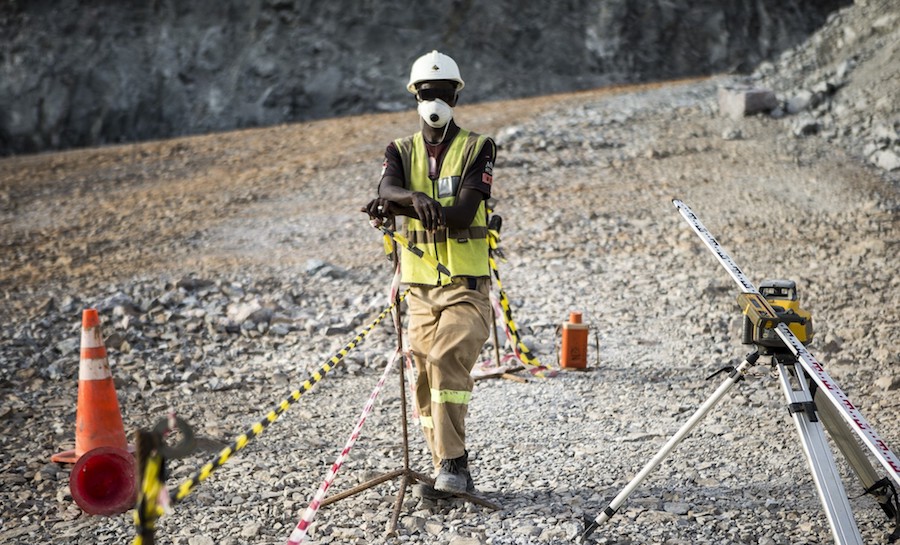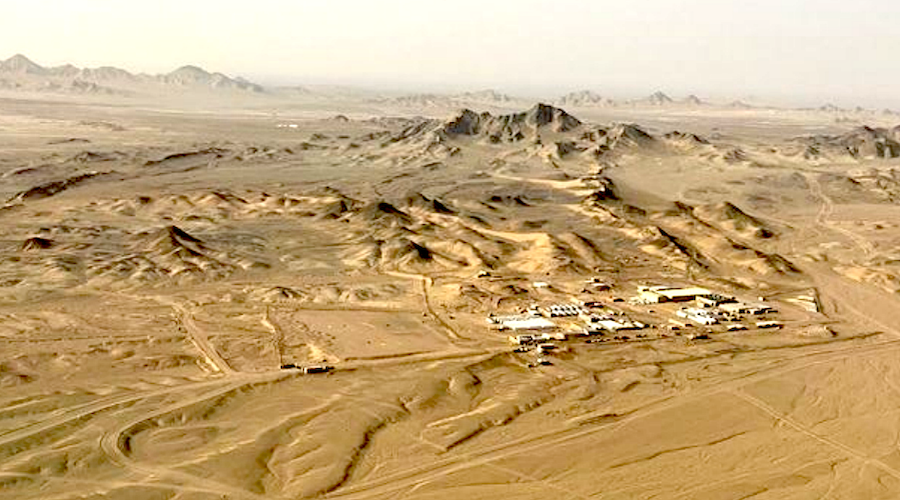B2Gold receives new Menankoto permit, updates Cardinal resource estimate

Drilling is also continuing on the Bantako North permit, which together with the Menankoto permit comprises the Anaconda resource area, located 20 kilometres from Fekola.
This year, B2Gold will continue drilling to infill and extend the existing saprolite resource of 21.6 million tonnes at 1.11 g/t for 770,000 ounces for the Anaconda area.
It will also follow up on the sulphide mineralization at the Anaconda area, including Mamba, Adder and several other targets below the saprolite mineralization.
The good grade and width combinations at the Anaconda area continue to provide a strong indication of the potential for Fekola-style south plunging bodies of sulphide mineralization, which remains open down-plunge below the saprolite, the company said.
Preliminary planning by B2Gold has demonstrated that a pit situated on the Anaconda area could provide saprolite material to be trucked to and fed into the Fekola mill commencing in late 2022, subject to obtaining all necessary permits and completion of a final mine plan.
The company has budgeted $33 million in 2022 to facilitate Phase 1 saprolite mining at the Anaconda area.
An updated mineral resource estimate based on the results from the extensive 2020 and 2021 infill and exploration drill program is expected in the first quarter.
Concurrently, B2Gold also announced an updated and significantly increased mineral resource estimate for the Cardinal-FMZ deposits, located approximately 500 metres from the Fekola resource pit.
Last year, B2Gold continued exploration of the Cardinal zone as part of its $27 million exploration program in Mali. The Fekola exploration and mine geology teams completed more than 50,000 metres of RC and diamond drilling towards the conversion of inferred mineral resources to the indicated category.
The Cardinal zone now has initial indicated resource estimate of 8 million tonnes at 1.67 g/t for 430,000 ounces of gold, and an updated inferred resource estimate of 19 million tonnes at 1.21 g/t for 740,000 ounces of gold, constrained within a conceptual pit run at $1,800/oz gold.
The oxide mineralization within the updated indicated resource, which is currently being mined, is a low-cost source of mill feed to the Fekola mine, with approximately 50,000 ounces budgeted to be produced from the Cardinal zone in 2022.
Moving forward, it has the potential to add an average of approximately 60,000 ounces per year of sulphide mineralization over the next 6-8 years to Fekola’s annual gold production, B2Gold said.
Gold mineralization at the Cardinal zone extends over 3.5 kilometres along strike and intersected up to 350 metres vertically below surface, with mineralization remaining open at depth and down-plunge.




